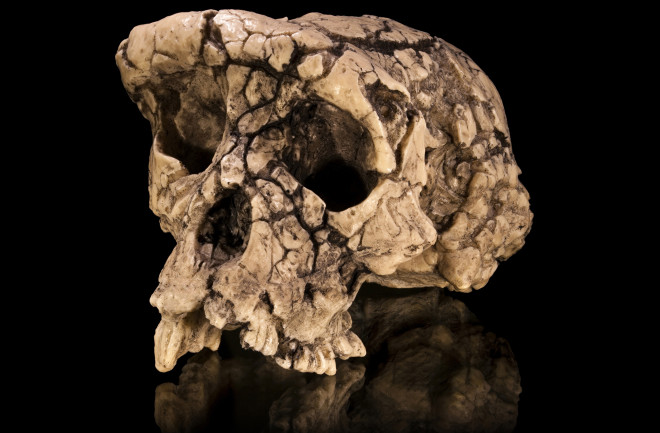This story appeared in the June 2020 issue as "Head Cases." Subscribe to Discover magazine for more stories like this.
These are heady times for paleoanthropologists. In the opening decades of the 21st century, new discoveries have refined and revised the story of human evolution at an unprecedented rate. Researchers have added four new members to the genus Homo: South Africa’s Homo naledi, Asia’s Denisovans, Indonesia’s “hobbit” H. floresiensis and, just last year, its neighbor in the Philippines, H. luzonensis. Improvements in extracting and analyzing ancient DNA and preserved proteins have created molecular-level tools capable of determining relationships between both individuals and species.
Much of the new research involves high-tech analysis of fragmentary fossils or genetic code — but no single tooth, scrap of finger bone or shiny piece of lab equipment captures our attention quite like a skull.
“The head, and especially the face, is the part of a person that we most commonly engage with, and also usually self identify with,” says University of Tübingen paleoanthropologist Katerina Harvati, who co authored a 2019 study in Nature Ecology & Evolution on the evolutionary history of the human face.

